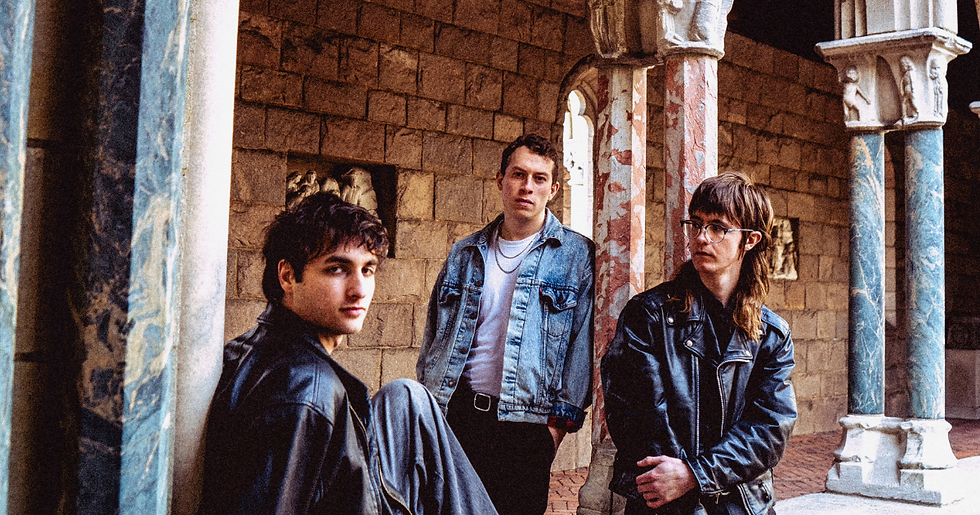Bulerìas, Tarantos, and Soleàs, an Exploration of Flamenco
- Wayne Moots
- Nov 5, 2020
- 3 min read

(An orange tree in front of La Giralda, an important tower in Sevilla, Spain)
Spanish artists seem to feel deeper than the rest of us. Spain has been haunted by political and cultural dramas for centuries and, like Russia, has produced some of the world’s most emotional artists. Pablo Picasso, Joan Mirò, Federico Garcìa Lorca, Salvador Dalì, Valàzquez, and El Greco are prime examples, and Flamenco musicians are no exception. Established by the late 18th century, Flamenco is more than a genre, it’s an art involving dance, improvisation and soul. It originated in Andalucìa with the Gitanos, Spain’s Romani population, and has fairly recently expanded to be globally celebrated and reproduced.
Performers in the 20th century helped establish Flamenco on the global stage. Josè Greco, for example, was an iconic dancer who was featured in blockbuster films such as Around the World in 80 Days (1956). Manitas de Plata (a Gitano born in France) carried it's traditional styles of through his career, while married musical duo Lole y Manuel, also gitanos, are considered the first to have created Flamenco specifically for non-Spanish audiences. Their early 1970’s album El origen de la leyenda is among my all-time personal favorites. In the same decade, Camaron de la Isla and Paco de Lucìa were the first to use an electric bass and were considered rockstars. It’s current status as a globally loved artform can be seen by the number of Flamenco academies in countries like Canada and Japan.
This genre has a very impromptu style, meaning because a guitar is easy to carry around, it is the primary instrument. Percussion is one of it’s most interesting elements, because no one wants to carry around a drum on a night out, people use whatever they have. This generally means clapping, rhythmic stomping, vocalizations or even random objects. Once, when I briefly lived in Sevilla in 2017, I was at a bar and a guy began playing his guitar and singing. As the crowd hollered and sang along, another man grabbed an empty beer bottle and began strumming it with a pen to use as percussion. There are over 50 different styles, or palos, of Flamenco such as Alegrìas, Bulerìas, Fandangos, Tangos, Tarantos and Soleàs. Each has their own rhythmic pattern, chord progression and physical origin. A Bulerìa for example has a rapid 12 beats per measure, whereas other styles require no instruments at all.
In Sevilla, widely considered to be at the heart of Flamenco culture, this music is not only a tourist staple but a way of life. Spain has a tradition, known as Botellòn, where young people congregate in plazas or along rivers in friend groups and drink outside. As a Gitano friend of mine put it once: “In Spain we eat outside. We drink outside. We take our drugs outside. We sleep outside. We fuck outside. We live our whole lives outside.” An average night out for Sevillano means bringing drinks to La Alameda, Europe’s oldest “public garden” and a plaza near the city center. There, we would drink and share stories, but we’d also watch each cluster gathered around a guitar player joining in with either clapping, stomping or singing. Because of the youth interest in Flamenco it's common to see players of all ages and all styles spanning generations.
Current local acts in Andalucìa, such as Califato 3/4, fuse elements of other genres. They’ve managed to take traditional Flamenco styles and combine them with electronic music to make it more danceable in a club setting. These brilliant innovations are integral to what it means to be a Flamenco musician, and continue to redefine the genre. With such a rich history and an exciting future, this Flamenco is something to be respected and definitely checked out!





Comments